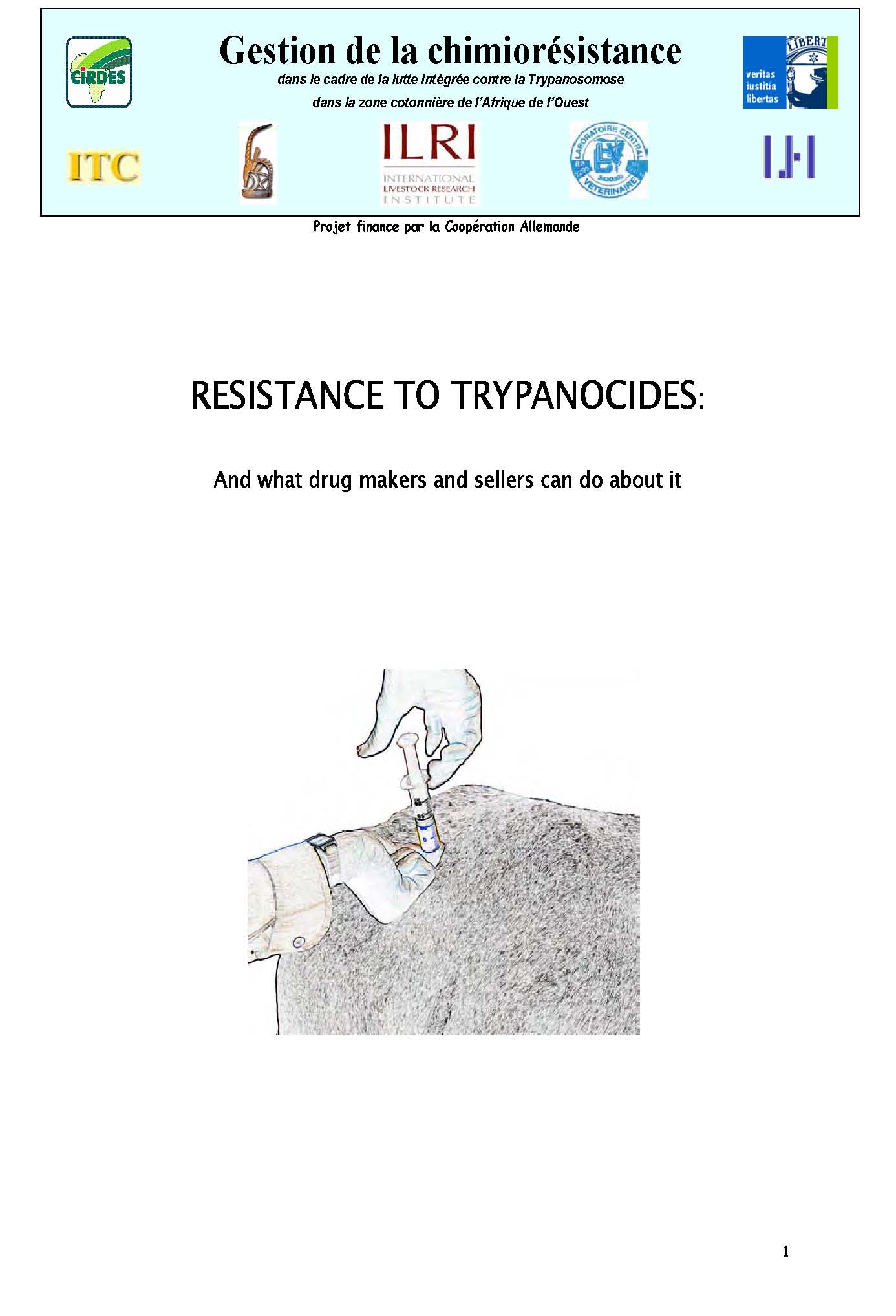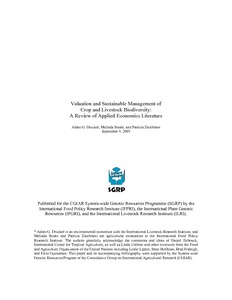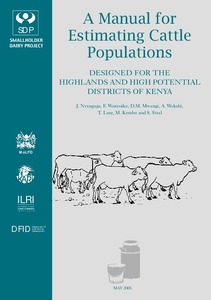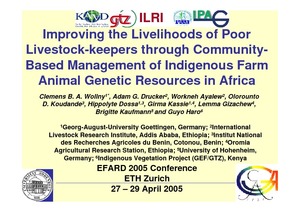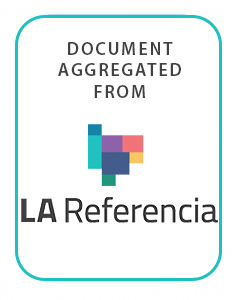The mountain grassland system offer an accumulative capacity of management
The mountain farmers operate on whole of animals (flocks, herds, working herds) copying models coming surely from the beginning of domestication. The apprenticeship lengthwise of centuries was received as a heritage and they will to enrich through every generational change. Furthermore, in mountain difficulties the commerce do not rise a regulative capacity as on the plains or well communicated regions and therefore the efficiency way is nearly indispensable.



